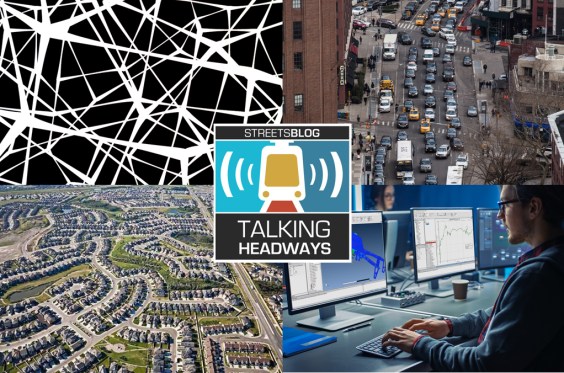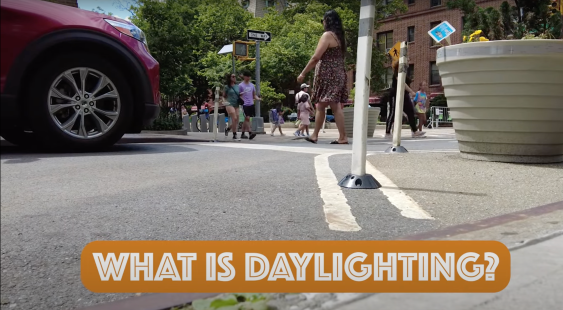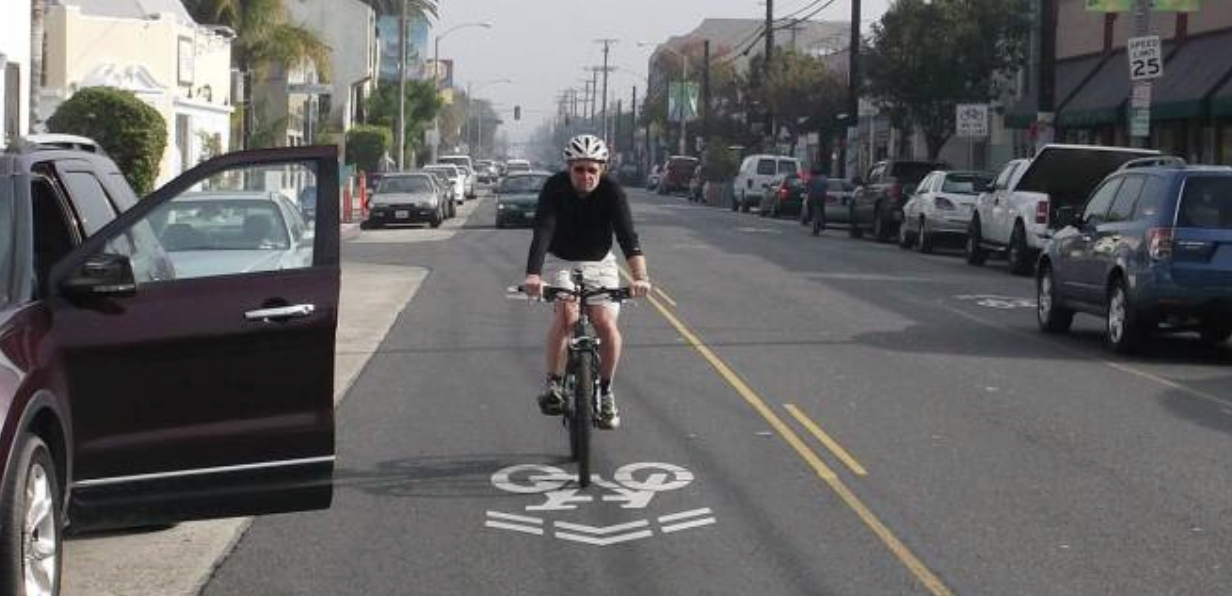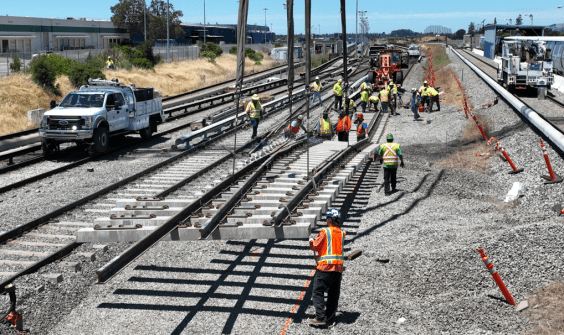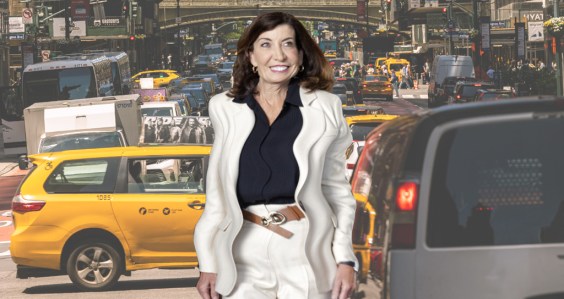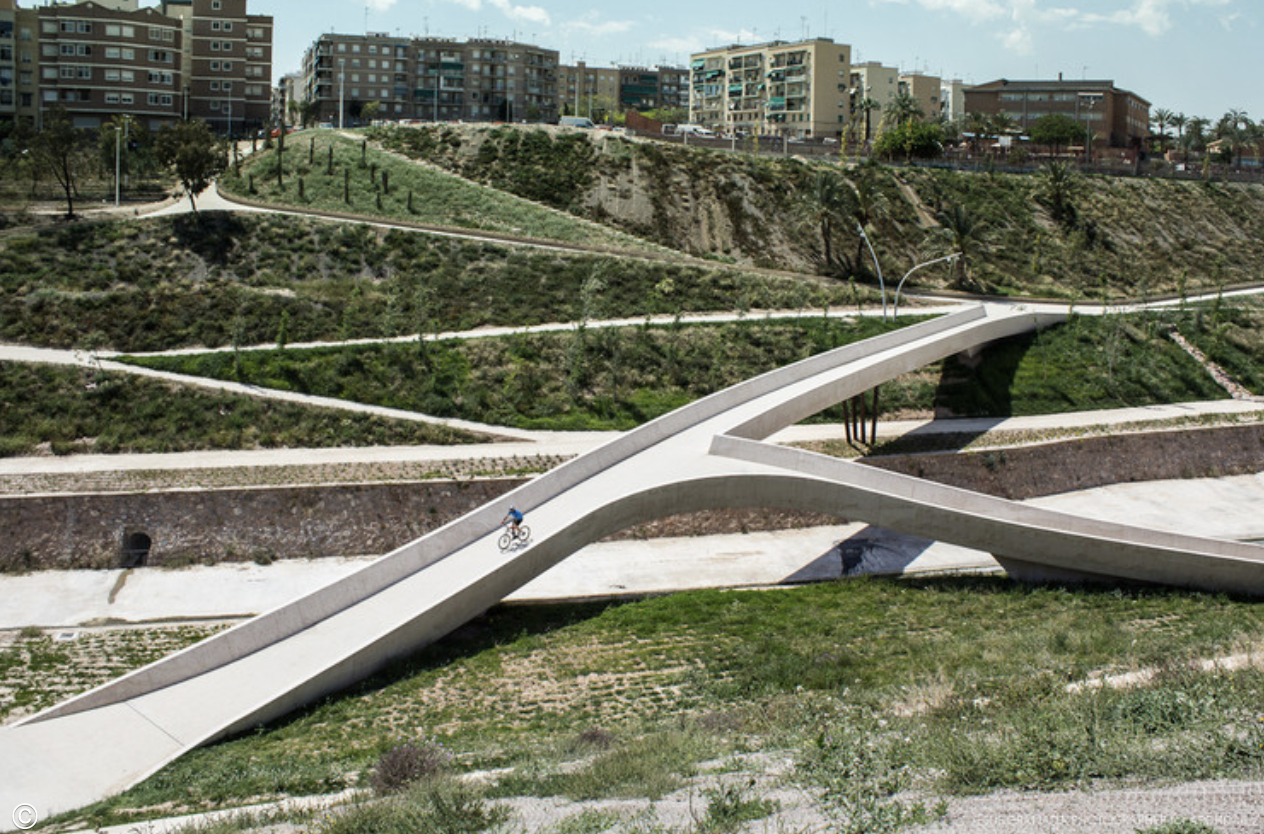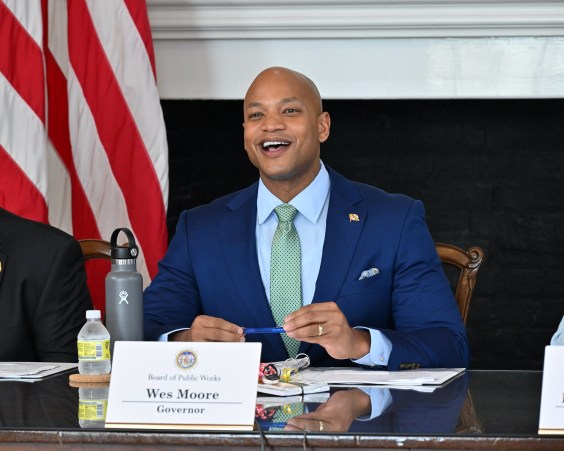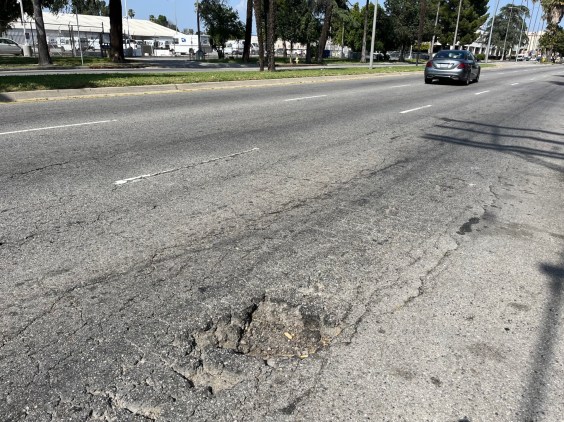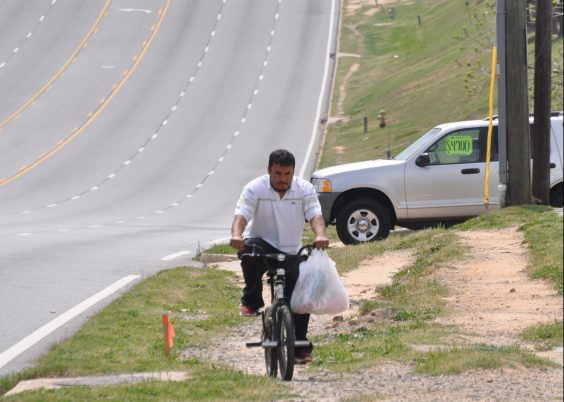All Articles
Talking Headways Podcast: The Computable City
Michael Batty on histories of computing, smart city critiques, what the discourse on AI should really be about, and discussions on the future of urban forms.
Friday Video: What Is Daylighting, and How Does it Save Lives?
One of the simplest things your city can do to save lives is also the most effective — and it starts at the corner.
Friday’s Headlines
What are Class III bikeways? Who's really to blame for traffic deaths? Zero emission trucks and vans are on the rise; More
Commentary: Regional Transit Funding Measure Paused. Time for Deeper Organizing
Thoughts from the Transbay Coalition on the withdrawal of 'The Connect Bay Area Act'
Four Ways that NY Gov. Hochul’s Cancelation of Congestion Pricing Is Bad for America
The plan was always controversial, but supporters have rightly pointed out that politicians need to act boldly, lest our society fail to meet its stated goals.
Thursday’s Headlines
Pedestrian deaths are high, and underreported; Video tour of future HSSR alignment; LA Metro riders probably think transit is safe, as opposed to ex-riders; More
Maryland Vows to Reduce Driving to Save the Climate — And It’s Not Alone
A new executive order will require the Maryland DOT to put VMT reduction at the center of its climate strategy. Which states will follow their lead?
Shifting Gears: Towards a New Way of Thinking About Transportation
Dr. Susan Handy investigates the ideas that have shaped the nation's car-oriented transportation to help uncover what needs to change to get to a safer, more sustainable system
With City Bike/Bus Upgrades on Hold, What’s Next for Measure HLA?
Voters supported safe multimodal streets in March, but instead of doing more multimodal projects right now, the city is doing less. A City Council Safe Streets ordinance might help uncork city department delays.
Why So Many Dangerous, Car-Dominated Cities Have ‘Achieved’ Vision Zero
A new report shows hundreds of mid-sized U.S. cities have avoided road deaths for at least a year. That doesn't necessarily mean they're safe.
